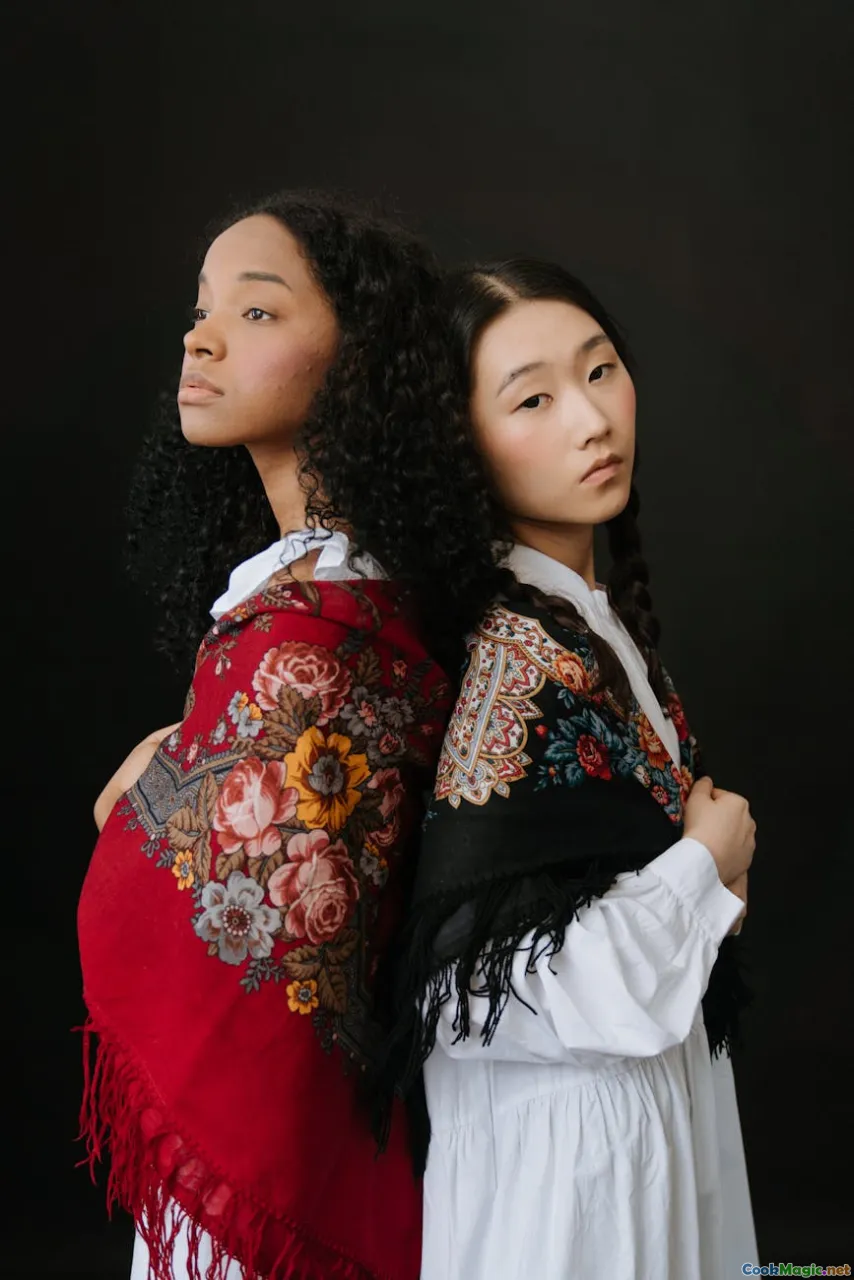Cultural Influences on Mauritian Food
7 min read Discover how Mauritius's diverse cultural tapestry shapes its vibrant cuisine, blending flavors, traditions, and stories into every dish. April 22, 2025 01:55
Cultural Influences on Mauritian Food
Imagine a tiny island in the heart of the Indian Ocean, where the scent of spices mingles with the ocean breeze, and the vibrant colors of fresh produce dazzle the eyes. This is Mauritius—a melting pot of cultures and histories that have woven a rich culinary tapestry over centuries. The island’s cuisine is not merely a collection of dishes but a living narrative of its diverse inhabitants, their journeys, and their enduring traditions.
A Historical Kaleidoscope: The Roots of Mauritian Food
Mauritian food is a reflection of its complex history—a story written with the flavors of Africa, Asia, Europe, and the Middle East. Each wave of settlers brought their own culinary traditions, which, through centuries of exchange and adaptation, created a unique gastronomic identity.
The African Influence: Foundations of Flavor
Long before European explorers arrived, the indigenous peoples of the island cultivated local crops and used native spices. African slaves, brought primarily from Madagascar, Mozambique, and East Africa, contributed their cooking techniques and flavors—think hearty stews, the use of root vegetables like cassava, and the bold use of chili peppers that still characterize Mauritian dishes today.
Asian Aromas and Techniques
From the 19th century onwards, indentured laborers from India, China, and Southeast Asia arrived in Mauritius, each adding layers to the island’s culinary palette. Indian influences are perhaps the most prominent—with dishes like dholl puri, biryani, and curry showcasing vibrant spices such as turmeric, cumin, and coriander. The Chinese community introduced stir-frying techniques, soy-based sauces, and dim sum, while Southeast Asian flavors permeate through dishes seasoned with lemongrass and galangal.
European Footprints: The Colonial Touch
European colonization—Portuguese, Dutch, French, and British—left an indelible mark on Mauritian cuisine. French culinary traditions, in particular, have deeply influenced food presentation, pastry-making (think gâteau pimentandbanana flambé), and the use of wine and cheese. The British introduced tea, scones, and the concept of afternoon tea, which has become an integral part of social life.
The Symbiosis of Flavors: A Celebration of Diversity
Mauritian cuisine is a harmonious symphony of flavors. The island’s markets burst with colorful fruits like mango, lychee, and pineapple, alongside fragrant herbs such as coriander, basil, and mint. The use of spices is bold yet balanced—curry powders, cinnamon, cloves, and cardamom are staples that awaken the senses.
Signature Dishes: A Taste of Heritage
- Sarma: A Mauritian take on Turkish-inspired stuffed vine leaves, blending Middle Eastern spices with local ingredients.
- Mine Frite: A Chinese-influenced fried noodle dish enriched with Mauritian spices and fresh vegetables.
- Rougaille: A tangy tomato-based sauce infused with garlic, onions, and chili, often served with fish or chicken—embodying Creole culinary roots.
- Gateaux Piment: Spicy lentil fritters that are a street-food staple, echoing Indian snack traditions.
The Role of Spices and Herbs
Spices are the backbone of Mauritian cooking, transforming simple ingredients into complex, layered dishes. The island’s spice gardens are a treasure trove—pepper, cumin, turmeric, and local blends like rougaille spice mix—each adding depth and warmth.
Personal Stories and Cultural Celebrations
Food in Mauritius is more than sustenance; it’s a celebration of identity and community. During festivals like Divali, Chinese New Year, and Cothon, families gather around tables laden with traditional dishes, sharing stories and passing down recipes that have been cherished for generations.
I remember the first time I tasted dholl puri—a soft, flaky flatbread filled with seasoned yellow split peas, served with chutneys and pickles. The aroma of cumin and turmeric was intoxicating, transporting me straight into the bustling street markets of Port Louis. It’s a dish that captures the essence of Mauritian life: vibrant, warm, and welcoming.
Modern Mauritian Cuisine: A Continuum of Heritage
Today, chefs in Mauritius are blending tradition with innovation, creating contemporary dishes that respect history while embracing global trends. Fusion restaurants incorporate Japanese sashimi with Indian spices or French sauces with African ingredients, reflecting the island’s ongoing culinary evolution.
Challenges and Opportunities
Preserving cultural authenticity amidst globalization is a delicate balancing act. Yet, it also offers opportunities for cross-cultural dialogue, culinary tourism, and the celebration of Mauritian identity through food.
Final Thoughts: A Culinary Mosaic
Mauritian food is a testament to resilience and adaptation—a living mosaic of its multicultural roots. Every bite tells a story of migration, trade, colonization, and community. It invites us to explore not just flavors but histories, emotions, and shared human experiences.
Next time you indulge in a Mauritian dish, remember: you’re savoring a piece of history, a blend of worlds brought together by time, spice, and the enduring spirit of the island’s people. The island’s cuisine isn’t just food; it’s a vibrant tapestry woven with the threads of countless cultures—an everlasting celebration of diversity and unity.









